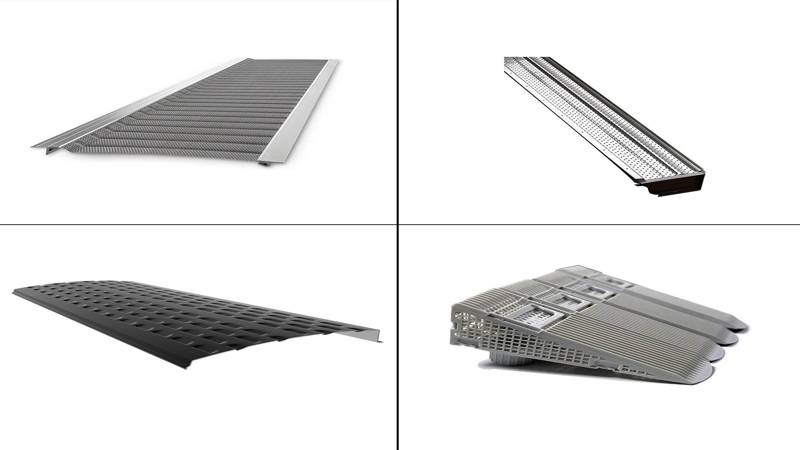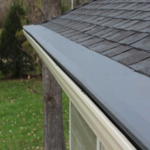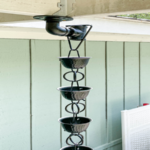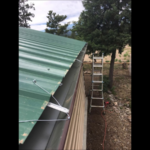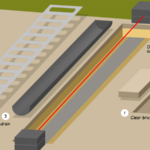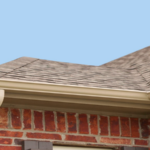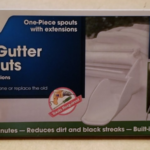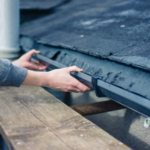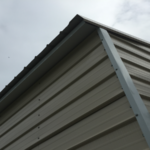- Get referrals from friends and family. If someone you know has recently had gutters installed or replaced, ask them who they used and if they were happy with the work.
- Check online reviews. A quick Google search will reveal a wealth of information about local gutter contractors. Read through the reviews to get a sense of each company’s reputation.
- Ask for quotes from multiple contractors. Once you’ve narrowed down your list of potential contractors, get quotes from each one. This will help you compare pricing and services offered.
- Make sure the contractor is licensed and insured. This is important for your protection in case something goes wrong during the installation process.
- Get everything in writing. Before you sign any contract, make sure you understand all the terms and conditions. This will help avoid any misunderstandings down the road.
What are some common mistakes that people make when installing gutters?
When it comes to installing gutters, one of the most common mistakes that people make is not taking the time to properly clean and prepare the area where the gutters will be installed. This can lead to a number of problems, including gutters that are not properly secured or that leak.
Another common mistake is not installing gutter guards or leaf guards. This can cause leaves and debris to build up in the gutters, which can eventually lead to clogs and leaks.
Finally, another mistake that people make is not regularly cleaning and maintaining their gutters. This can lead to a number of problems, including rust, leaks, and eventually the need to replace the gutters entirely.
How much is 200 linear feet of gutters?
The cost of 200 linear feet of gutters will vary depending on the type of gutter, the size of the gutter, and the company that you purchase the gutters from. However, on average, you can expect to pay between $600 and $1,200 for 200 linear feet of gutters.
Are vinyl gutters better than aluminum?
Aluminum gutters are more durable and will last longer than vinyl gutters. They are also less likely to dent or crack. However, aluminum gutters can be more difficult to install and are more expensive than vinyl gutters.
Vinyl gutters are less expensive than aluminum gutters and are easier to install. However, they are not as durable and may need to be replaced more often.
How do you tell if gutters are installed correctly?
- Look at the slope of the gutters. They should be installed so that they slope slightly towards the downspout. This will help water to flow towards the downspout and not pool in the gutters.
- Make sure that the gutters are level. They should be installed level with the fascia board.
- Inspect the joints between the gutters and the downspouts. They should be tight and not leaking.
- Check to see if the gutters are properly secured to the fascia board. They should be screwed or bolted into place.
- Inspect the gutters for any signs of damage or wear. If you see any cracks or holes, the gutters will need to be repaired or replaced.
Should gutters be nailed or screwed in?
There is no definitive answer to this question, as there are pros and cons to both nailing and screwing in gutters. Nailing gutters may provide a stronger hold, while screwing in gutters may be more resistant to leaks. Ultimately, the best option may depend on the specific circumstances of the installation.
Are some gutters better than others?
When it comes to gutters, there are a few different factors that you need to take into account in order to determine which type of gutter system is best for your home. The first factor to consider is the climate. If you live in an area with a lot of rainfall, you will want to make sure that you have a gutter system that can handle the heavy flow of water. Another factor to consider is the type of roof that you have. If you have a sloped roof, you will need to make sure that your gutter system can handle the additional water flow. Finally, you need to consider the type of material that your gutters are made out of. Aluminum gutters are a popular choice because they are durable and they don’t rust. However, if you live in an area with a lot of snowfall, you may want to consider getting a gutter system that is made out of stainless steel so that it can stand up to the heavy snowfall.
Should there be a gap between roof and gutter?
There are a few reasons why you might want to have a gap between your roof and your gutter. The most common reason is to allow for proper drainage. If your gutters are too close to your roof, then any water that gets into them will just sit there and eventually start to rot the wood on your roof. Another reason to have a gap is to prevent leaves and other debris from clogging up your gutters. If the gap is too small, then all it takes is one big leaf to block the entire gutter and cause a flood. Finally, having a gap gives you a little bit of wiggle room when it comes to installing or repairing your gutters. If the gap is too small, then it will be very difficult to get to your gutters without damaging your roof.
Should gutters be flush with fascia?
The purpose of a gutter is to channel water away from the building, and if the gutter is not installed properly, water can seep into the building and cause damage. The gutter should be installed so that it is level with the fascia, or slightly below it, to ensure that water is directed away from the building.
Last Word
If you’re looking for a reputable gutter installation contractor, look no further than the trusted experts at ABC Seamless. We have the experience and expertise to get the job done right, and we’re committed to providing our customers with the highest level of service possible. Contact us today to schedule a free consultation, and let us help you keep your home safe from water damage.
